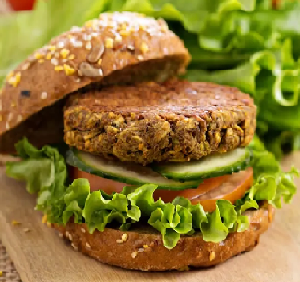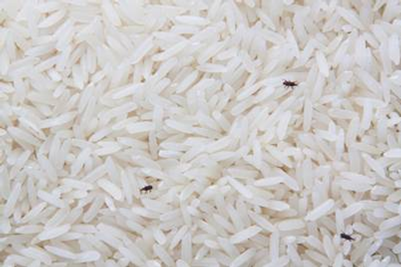Introduction
You are probably familiar with foods such as bread, yoghurt, wine, soy sauce, tempeh, miso, and kimchi. Did you know that these foods are made using fermentation? Fermentation involves the use of microorganisms, such as bacteria and yeast, to convert sugars, proteins and fats in food into other substances. This process often changes the taste of food. For example, cocoa beans, which are used to make chocolate, are very bitter. Fermenting cocoa beans using yeast and bacteria that are naturally present in the environment reduces the bitter taste and produces flavour and fragrance compounds that we typically associate with chocolate.
Since time immemorial, humans have used fermentation to produce and process food long before we knew of the microorganisms behind the process. Now, equipped with modern scientific knowledge and tools, food manufacturers are making new foods using fermentation.
Categories of new foods from fermentation
New foods from fermentation are foods made using microorganisms that do not have an established history of human consumption, i.e. 20 years, as well as foods made using fermentation processes that have not been traditionally used in food production. In recent years, two main categories of new foods from fermentation have emerged:
Foods from biomass fermentation: These are collections of microbial cells (i.e., biomass) that are directly consumed for their protein content. Foods derived from biomass fermentation are also known as single-cell proteins or microbial proteins. Microorganisms that are used in biomass fermentation include fungi, yeasts, microalgae, and bacteria.
Foods from precision fermentation: These are food ingredients made using microorganisms that are often genetically engineered to enable them to produce such ingredients. These microorganisms can be seen as microbial cell factories as they convert sugars and other simple chemical substances into more complex food ingredients, such as proteins and flavour compounds. The food ingredient to be consumed undergoes a purification process to remove the microorganisms. Examples of such foods include milk proteins, vanillin (molecule chiefly responsible for vanilla fragrance), and heme (molecule that contributes to the taste of meat) made using various yeast and bacteria species.
How does SFA ensure the safety of new foods produced by fermentation?
New foods from fermentation are considered to be Novel Foods and as such must be approved by SFA before they are allowed for sale. Food manufacturers intending to sell such foods are required to conduct safety assessments of their food product for SFA’s review. To determine if the food is safe for consumption, SFA will review the safety assessments, looking at the inputs and processes during manufacturing, as well as food safety testing performed on the product. Key considerations include but are not limited to:
Is the microorganism safe? Could it produce allergens or other harmful substances?
What are the possible ways by which chemical and microbiological contaminants can enter the manufacturing process? Has the manufacturer addressed these?
Has the product undergone comprehensive food safety testing to ensure that contaminants are within safe limits?
Visit https://www.sfa.gov.sg/food-information/novel-food for more information on SFA’s regulatory approach for Novel Foods.
As with all other foods, new foods from fermentation that have been approved are subject to market monitoring to ensure that manufacturers continue to abide by high safety standards when producing such foods.
How do I know if I am consuming new foods from fermentation?
As per SFA’s requirements, all prepacked food must be labelled with a name or description of the food that reflects the true nature of the food product. This is to enable consumers to make informed decisions on the food they wish to consume.
For food ingredients made using biomass fermentation: Food manufacturers and traders should indicate either the common or scientific name of the ingredient used.
For food ingredients made using from precision fermentation: Misrepresenting the way by which the ingredients are produced is not allowed. For example, milk proteins made using precision fermentation must not be labelled as milk proteins from cows.
Food traders and establishments that are deemed to have misrepresented the true nature of the food sold may be convicted under the Sale of Food Act.





